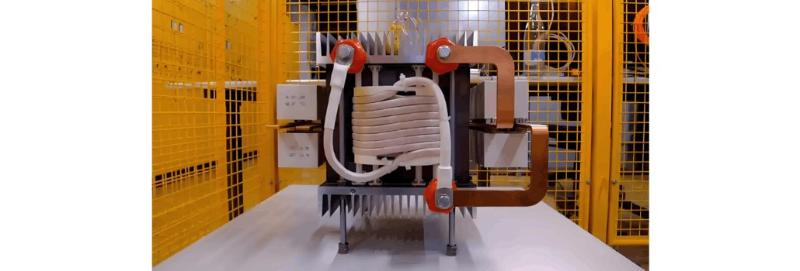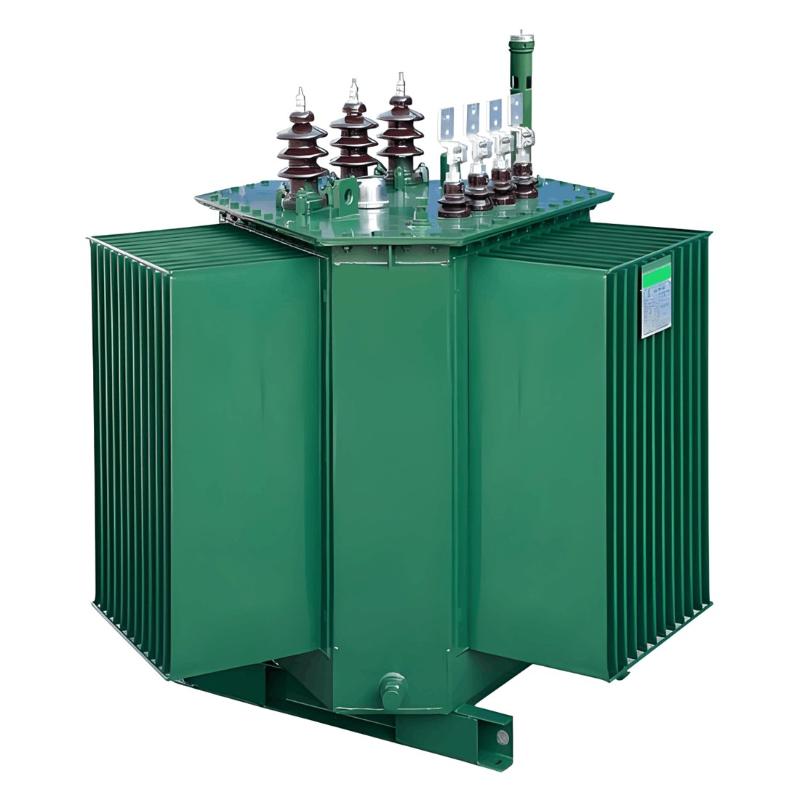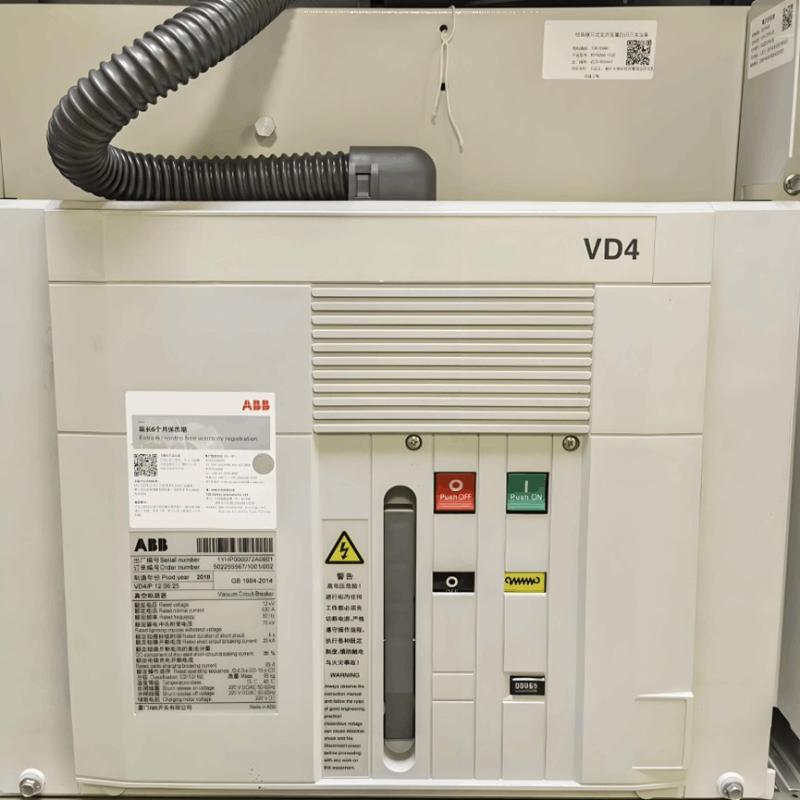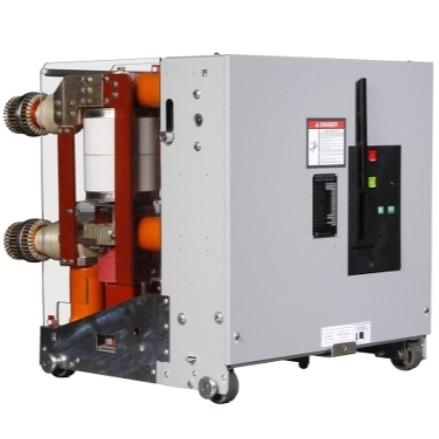By Echo, 12 Years in the Electrical Industry
Hi everyone, I'm Echo, and I've been working in the electrical industry for 12 years.
From my early days doing commissioning and maintenance in distribution rooms, to later participating in electrical system design and equipment selection for large-scale projects, I’ve witnessed how dry-type transformers have evolved from traditional tools into smarter, greener devices.
Recently, a new colleague asked me:
“What’s the current state of dry-type transformers? And where is the future heading?”
That's a great question. Many people still picture dry-type transformers as just “a box with wires,” but in reality, they're quietly going through a technological transformation.
Today, I’d like to share:
What direction are dry-type transformers moving toward? And what trends should professionals like us be paying attention to?
No jargon, no theory — just real talk based on what I've seen in the field over the years. Let’s take a look at how this old friend is evolving.
1. What Is a Dry-Type Transformer?
Let me start with a quick recap:
A dry-type transformer is an air-cooled, epoxy-resin insulated transformer, widely used in office buildings, hospitals, data centers, and rail transit systems — places with high fire safety requirements.
Compared to oil-immersed transformers, it’s safer, more environmentally friendly, and easier to maintain. However, it also has its weaknesses — such as sensitivity to moisture, dust, and ventilation conditions.
So, the future development of dry-type transformers will likely focus on improving environmental adaptability, intelligence, and energy efficiency.
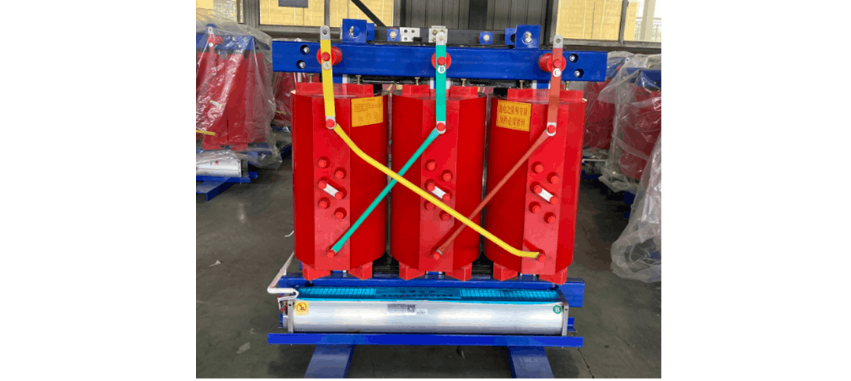
2. Key Future Development Directions
Direction 1: Smarter — Built-in Sensors & Remote Monitoring
Most dry-type transformers today are still “dumb devices” — equipped only with basic temperature controllers and fan controls, and often only noticed when something goes wrong.
But the future looks different.
More and more new projects now require:
Transformers with built-in sensors to monitor winding temperature, partial discharge, humidity, and vibration in real time;
Communication protocols (like Modbus or IEC61850) to integrate with substation automation systems;
Remote access to operational status and early warnings for anomalies;
AI-based algorithms for fault prediction and health assessment.
For example: In a recent data center project, I saw a new type of dry-type transformer equipped with a fiber-optic temperature sensing system, capable of precisely measuring temperature changes at different points along each winding — far more accurate than traditional thermostats.
This is the future trend:
Shifting from reactive maintenance to proactive monitoring.
Direction 2: More Energy-Efficient — High-Efficiency, Low-Loss Materials
Energy conservation and emissions reduction are global priorities. As a key component in distribution networks, dry-type transformers must keep pace.
Older silicon steel core transformers had high no-load losses. Now, more manufacturers are adopting amorphous alloy cores or nanocrystalline materials, which significantly reduce idle losses.
Additionally, conductor materials are improving too — such as using high-conductivity copper or aluminum alternatives, combined with optimized designs to further lower overall losses.
In one energy-saving retrofit project I worked on, replacing an old SCB10 transformer with an SCB13 amorphous alloy model cut annual electricity costs by tens of thousands of dollars.
What does that tell us?
Energy efficiency isn’t just about being green — it’s about saving money.
Direction 3: Stronger Environmental Adaptability — Anti-Moisture, Anti-Corrosion, Modular Design
One long-standing weakness of dry-type transformers is their sensitivity to moisture, dust, and high temperatures.
Especially in southern coastal areas or tropical countries, many dry-type transformers experience insulation degradation or even tripping shortly after installation due to dampness.
Future dry-type transformers must become more resilient to environmental challenges:
Internal dehumidification modules or desiccant circulation systems;
Corrosion-resistant coatings and salt fog protection treatments;
Enhanced sealing to prevent dust ingress;
Modular design for easier transport, installation, and future expansion.
In a port project I worked on in Southeast Asia, a dry-type transformer failed due to heavy salt fog corrosion near the coast. Later, we replaced it with a custom model featuring a corrosion-resistant enclosure and internal heating, and it ran much more stably.
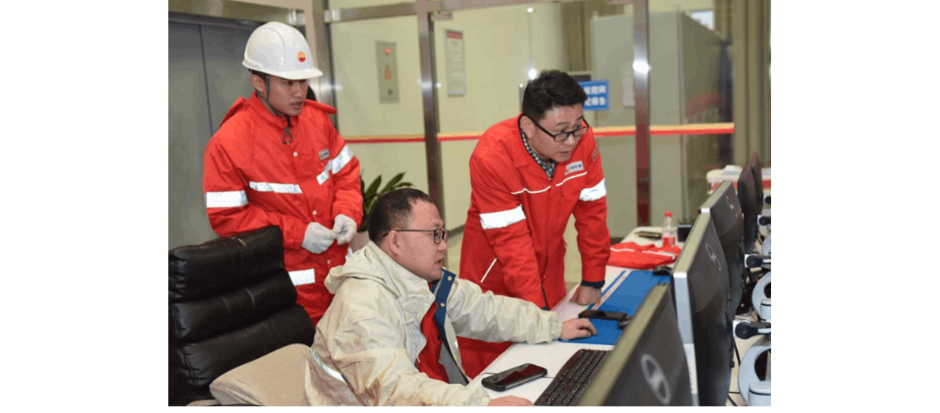
Direction 4: More Compact — Miniaturization and Lightweight Design
As urban space becomes tighter — especially in data centers, commercial complexes, and subway stations — there’s growing demand for smaller, lighter electrical equipment.
Dry-type transformers are evolving in this direction too:
New heat dissipation structures that eliminate unnecessary bulk;
More efficient insulation materials that allow for reduced size;
Multi-functional integration — such as built-in isolating switches, PTs, CTs;
Reduced footprint and easier lifting/transportation.
I remember working with large, bulky dry-type transformers just a few years ago — now, there are already many "slim versions" available, not only saving space but also reducing installation difficulty.
3. Our Response Strategies
As someone with 12 years of experience in the electrical field, here are my recommendations:
For Technical Personnel:
Learn to interpret smart system data and operate remote monitoring platforms;
Stay updated on performance improvements brought by new materials and processes;
Master new testing techniques, such as infrared thermography and partial discharge detection;
Improve data analysis skills to support predictive maintenance strategies.
For Procurement and Project Management:
When selecting products, consider not only price but also total lifecycle cost;
Pay attention to energy efficiency ratings, smart features, and protection levels;
Communicate special environmental requirements (e.g., high temperature, humidity, altitude) with manufacturers in advance;
Maintain equipment logs and track operating data for future reference.
For Companies and Organizations:
In new or retrofit projects, prioritize high-efficiency, intelligent, controllable dry-type transformers;
Introduce intelligent power distribution systems for centralized monitoring and linked alarms;
Regularly organize training to improve frontline staff's understanding and application of new technologies;
Develop standardized selection guides to avoid blind equipment choices.
4. Final Thoughts
Dry-type transformers may seem like an old piece of equipment, but they’re quietly undergoing a technological evolution.
From "just functional" to "smart, efficient, and safe," their role is changing.
As someone who’s been in the industry for 12 years, I want to say:
“Don’t treat them just as ‘regular equipment’ anymore — they’re becoming intelligent nodes in the power system.”
The dry-type transformers of the future won't just be simple energy conversion devices. They’ll be intelligent terminal units integrating sensing, communication, energy efficiency, and safety.
If you're also interested in the development of power distribution systems, feel free to reach out — let’s explore more practical experiences and trends together.
May every dry-type transformer run stably, delivering power further and making our work easier!
— Echo












